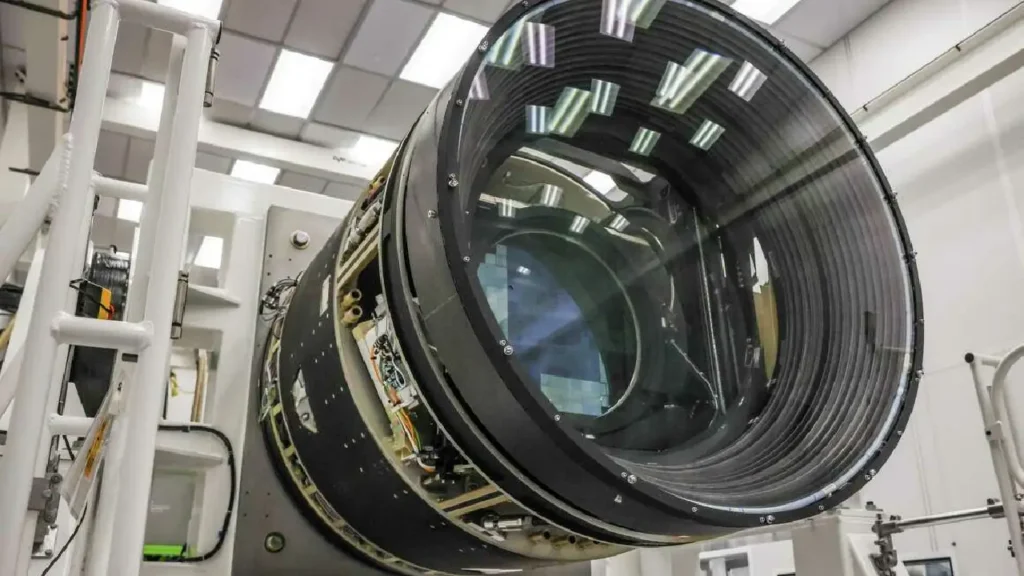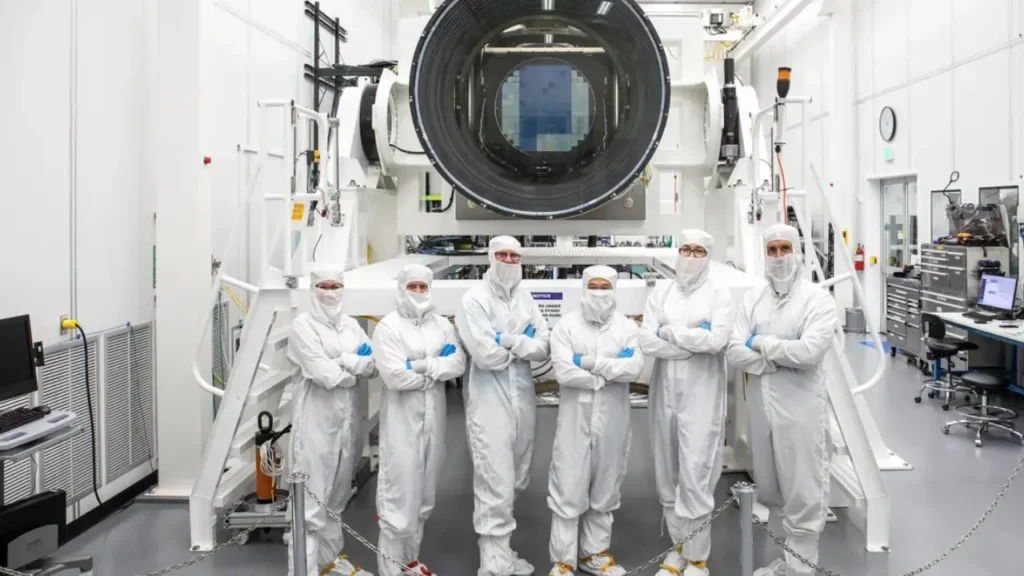The universe is about to be seen in more detail than ever before, thanks to the world’s largest digital camera now installed at the Vera C. Rubin Observatory in Chile. Designed for the Legacy Survey of Space and Time (LSST), this camera represents the most powerful tool ever built for deep-sky observation
Discover how the Vera C. Rubin Observatory’s 3200-megapixel camera is set to revolutionize astronomy by capturing the universe in ultra-high resolution. Explore features, purpose, and global impact.
With a staggering 3,200 megapixels, this digital marvel will capture images of space with unprecedented clarity, allowing scientists to unlock cosmic mysteries, monitor dynamic phenomena, and even help protect our planet.

What Is the Vera C. Rubin Observatory?
The Vera C. Rubin Observatory is a state-of-the-art astronomical facility located on Cerro Pachón in northern Chile. Named after pioneering astronomer Vera Rubin, it’s designed to conduct a 10-year mission mapping the southern sky in exceptional detail.
Its main project, the Legacy Survey of Space and Time, will create the largest and most comprehensive catalog of celestial objects ever assembled.
Meet the LSST Camera: The World’s Largest Digital Eye
The LSST (Legacy Survey of Space and Time) Camera largest digital camera is a groundbreaking piece of technology. Here’s what makes it so special:
- Resolution: 3,200 megapixels (3.2 gigapixels)
- Size: Comparable to a compact car
- Weight: Approx. 3,000 kilograms
- Lens Diameter: Over 5.5 feet (1.65 meters)
- Sensor Array: 189 CCD sensors arranged in a 64cm-wide focal plane
- Field of View: 9.6 square degrees (about 40x the full Moon)
To put it into perspective, a single LSST image is so detailed that it would take hundreds of 4K TVs to display it fully at native resolution.

What Will This Camera Capture?
Unlike traditional telescopes that focus on one object at a time, this camera will scan the entire southern sky every few nights, creating a dynamic time-lapse of the Universe.
It will capture:
- Distant galaxies and nebulae
- Supernovas and gamma-ray bursts
- Near-Earth asteroids and comets
- Gravitational lensing effects from dark matter
- Mysterious cosmic phenomena we haven’t yet discovered
Data That Defies Limits
The LSST Camera will produce an estimated 20 terabytes of data every night. Over the full survey period, it is expected to collect more than 60 petabytes of astronomical data. This will allow astronomers worldwide to:
- Study cosmic evolution across billions of years
- Track transient events in near real-time
- Identify potentially hazardous asteroids
- Contribute to dark energy and dark matter research
The data will be open and accessible, supporting citizen science projects and academic research alike.
Why This Camera Matters
This isn’t just about beautiful images. It’s about answering fundamental questions:
- How did the universe begin and evolve?
- What is the nature of dark matter and dark energy?
- Are there unknown objects that could impact Earth?
- How are stars and galaxies formed?
The answers may lie in the 10-year photographic journey this camera is about to begin.
First Light: What Happens Next?
The LSST Camera has completed testing and assembly and is being integrated with the Rubin Observatory’s telescope. The first official sky images—known as “first light”—are expected soon.
These images will mark the start of one of the most ambitious astronomical surveys in human history.
Conclusion
The world’s largest digital camera is more than a technical achievement—it’s a gateway to the cosmos. With its power, scale, and precision, we are entering a golden age of discovery where the night sky is not just observed, but documented in motion.
From mapping the evolution of the universe to safeguarding Earth from space hazards, the Vera C. Rubin Observatory and its LSST Camera are poised to redefine what’s possible in astronomy and largest digital camera.







